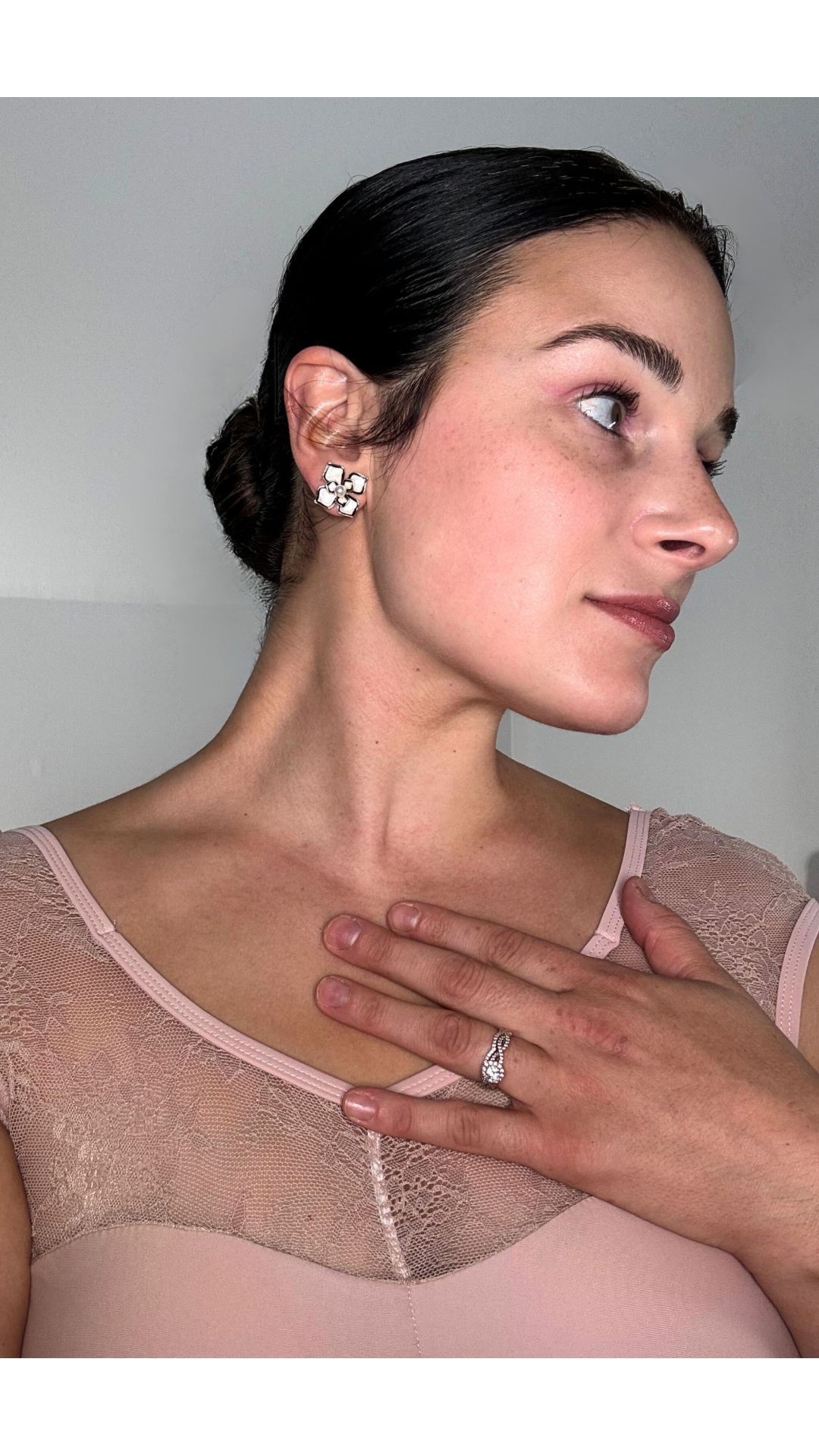Why Spinal Mobility—Not Just Back Flexibility—Matters in Dance
- Veronica K

- Jun 7, 2025
- 3 min read

In the ballet world, spinal flexibility has been glamorized for decades. A deep backbend or high arabesque is often equated with success, grace, and technical mastery. But the truth? What most dancers really need isn’t just flexibility—it’s spinal mobility.
Let’s break that down...
Flexibility vs. Mobility: What's the Difference?
Flexibility is passive. It’s how far a joint or muscle can stretch without active muscular control. Like sitting in the splits.
Mobility, on the other hand, includes flexibility plus muscular control and stability throughout the range of motion.
So while a flexible back may allow you to bend deeply, it doesn’t mean you have the strength or control to do so safely or effectively. Mobility is what supports beautiful movements like arabesque, circular port de bras, and cambre, while also protecting the spine from injury.
The Problem with Focusing on the Lower Back
For years, dancers and instructors have hyperfocused on the lumbar spine (lower back), assuming it’s the key to higher extensions and better lines. But when we neglect the rest of the spine—cervical, thoracic, and sacral segments—we create imbalances and increase injury risk.
Lumbar hyperextension, especially when unsupported, can lead to:
Disc herniation
Muscle strains or sprains
Sacral stress fractures
Chronic instability and pain
As well as strain on the joints/structures that as below it
My Back Injury Story
In college, I was one of those dancers who equated extreme flexibility with success. I loved to tumble and perform tricks at competitions—until one day, it all changed.
During a head-over-heels trick, I fell. Hard.
I couldn’t feel my left leg. I couldn’t stand without help. I had herniated four discs in my low back and sustained multiple sacral fractures. I spent nearly 8 months in a back brace, watching my peers take class and perform while I sat on the sidelines—physically limited and mentally deflated.
Even now, over 13 years later, I still manage residual weakness and imbalance in my left side.
That injury shaped everything I do today and why I'm so passionate about helping dancers prevent injuries.
The Veronica K Method™ of Spinal Training for Dancers
Through my own recovery and years of education in physical therapy and dance science, I developed the Veronica K Method™, which prioritizes:
Training the full spine—from head to tail, not just the lumbar region
Building mobility with stability—to promote injury prevention and long-term performance success
Directly connecting exercise with correcting ballet compensations
This method combines principles from ballet, myofascial mobility, and neuromuscular re-education to help dancers move not just beautifully, but safely.
Upcoming Training Opportunity: Safer, Stronger Dancers™ Summer Intensive
This summer, I’m offering a special spinal mobility training class as part of my Safer, Stronger Dancers™ Summer Intensive.
What we’ll cover:
How to safely improve arabesque and cambre
How to modify movement for past injuries or spinal conditions
How to gain mobility without creating instability
How to prevent overtraining and long-term spinal strain
This 1-hour class will be held as part of the 20+ hour intensive:
In-person in the Cleveland, OH area
Live online (limited spots available for real-time Q&A)
On demand through July 31st, 2025 with intensive admission
In-Person Registration Here:
Online Live Streaming Access Here:
Want More Support?
If you can’t attend the intensive, check out the Myofascial Mobility Course on the Veronica K Platform for on-demand training in spinal mobility, alignment, and injury prevention for dancers of all ages.
Or schedule a free consultation or personalized injury prevention evaluation to get advice tailored to your body and goals.
Questions?
Email: info@veronicakballet.com



Comments